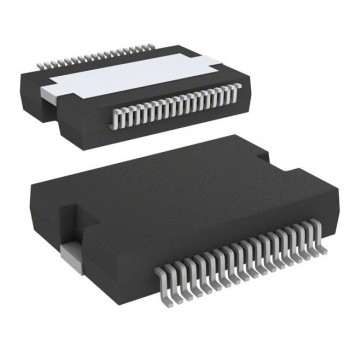With the rapid development of technology, audio interface chips have been playing an increasingly important role in our daily lives. From the initial analog audio signals to today's digital audio technology, audio interface chips have experienced a long and rich history. This article will review the development of audio interface chips and look forward to future trends.
The history of audio interface chips can be traced back to the 1980s when sound cards were just emerging, and circuit boards based on PC chips became popular. Subsequently, the development of two key technologies, DAC (Digital-to-Analog Converter) and ADC (Analog-to-Digital Converter), further promoted the prosperity of the audio interface chip market. As the core of audio processing, the innovation of these chips has brought about disruptive changes to the industry.
Entering the 21st century, the audio interface chip market has continued to expand, with many globally renowned semiconductor companies investing in this field. This includes well-known audio chip manufacturers such as Cirrus Logic, Realtek, and Analog Devices, whose high-performance products have won market recognition with their excellent performance and sound quality.
In recent years, with the popularity of wireless technology and the Internet of Things (IoT), audio interface chips have entered a new stage of development. As terminal devices become more diverse, and consumers have higher requirements for audio quality, audio interface chips have gradually developed from independent modules into integrated systems with stronger comprehensive capabilities.
From the current perspective, the future development of audio interface chips will focus on several areas: Firstly, the rapid development of smart homes and wearable devices provides a broad market space for audio interface chips; Secondly, with the practical application of 5G technology, the demand for high-speed transmission and low power consumption in audio interface chips becomes increasingly urgent; Finally, the popularity of artificial intelligence and virtual reality technology brings more possibilities for audio interface chips.
To meet the changing market demands, audio interface chip manufacturers will continue to innovate. They may adopt more advanced semiconductor processes, improve audio signal processing capabilities, and reduce power consumption. Meanwhile, new audio formats and technologies will gradually mature, making the audio experience brought by audio interface chips richer.
In conclusion, after a long development process, audio interface chips have become one of the core technologies in the audio industry. With the development of emerging technology fields such as smart homes, wireless communication, and artificial intelligence, audio interface chips will continue to embrace even broader market prospects. We have reason to believe that in the near future, this field will welcome more exciting innovations and changes.


